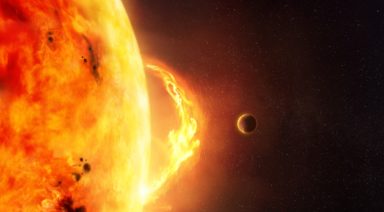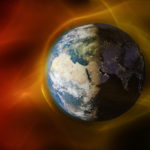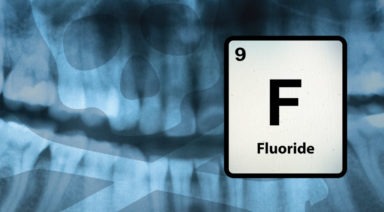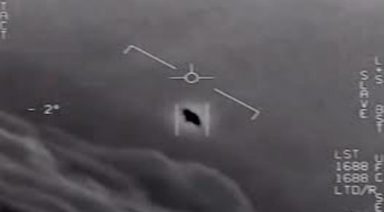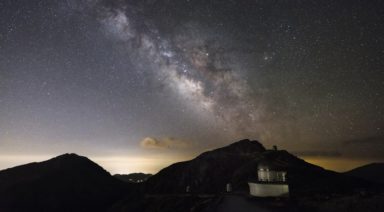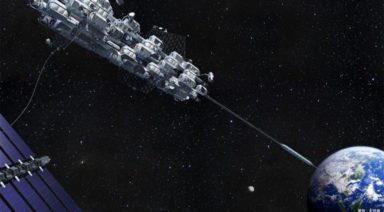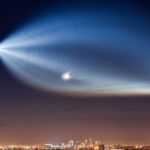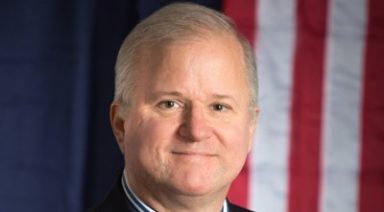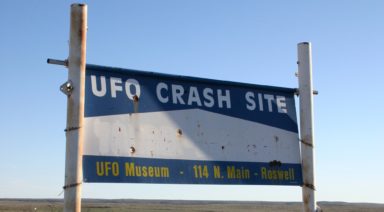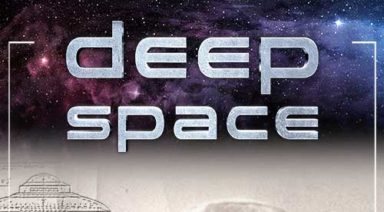The Mystery of the E-Cat; Can Fusion Run Hot and Cold?

Over the past century, our methods of energy production have resulted in catastrophic consequences, and now new innovators are stepping forward in attempts to find solutions to problems their predecessors caused or overlooked. One of the most pressing issues is to produce and utilize energy that has little or no effect on the environment.
Enter Andrea Rossi, a scientist who has both been lauded as a genius and condemned as a fraud for his work with cold fusion energy catalyzers, also known as the E-Cat.
In January 2019, his company advertised, “The EcatSK is available now for industrial applications. If you want safe, reliable, competitively priced heat, we encourage you to contact us.” The EcatSK was touted as being able to produce kilowatts of energy while consuming just grams of inexpensive and abundant fuel (hydrogen, nickel, and lithium) over a period of six months.
Is a Cold Fusion Device Too Good To Be True?
The question with inventions concerning alternative fuels always arises: Are they too good to be true? Critics say most of them are.
Scientists working in the condensed matter nuclear science (CMNS) field claim that Rossi’s demonstrations have not been explained or confirmed. Rossi has been criticized for not attending conferences or meetings, and he does not publish in the Journal of Condensed Matter Nuclear Science, a respected standard for scientific articles relating to nuclear processes in condensed matter. He also seems to steer clear of CMNS researchers.
The underlying idea on which Andrea Rossi has based his inventions is cold fusion. According to Dr. Peter N. Saeta, Assistant Professor of Physics at Harvey Mudd College, “Fusion is a nuclear reaction wherein two smaller nuclei join (fuse) to form a new, larger nucleus. When that large nucleus is unstable, it quickly breaks apart and releases energy. The big difficulty is that because the initial nuclei are all positively charged, they are strongly repelled as they approach one another.”
While nuclear fusion normally occurs at temperatures in the tens of millions of degrees, since the 1920s there has been speculation that nuclear fusion might be possible at much lower temperatures by catalytically fusing hydrogen absorbed in a metal catalyst — an idea that began research into cold fusion.
Cold fusion postulates that fusion can take place at room temperature, which would not only be safe, but would open the door to numerous possibilities for personal business and household energy production.
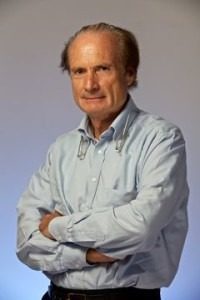
Andrea Rossi
Most scientists have concluded that cold fusion cannot produce enough energy to warrant the energy that’s used to produce it. But Rossi insists he’s found the secret to success. He has billed his E-Cat generator as a viable solution to energy production, but his opponents think otherwise.
According to sources, Rossi started an energy-related campaign and worked with the United States Army to develop thermoelectric devices with purported record-breaking efficiency.
They say the Army funded Rossi but subsequently learned that his devices that would provide an output of 800 Watts each produced only 1 Watt.
He was able to enlist a few scientists eager to participate in his much-celebrated low-energy nuclear reaction (LENR) reactor. Rossi claimed that his E-Cat could produce a million times more heat output than typical thermal outputs in LENR bench-top experiments, but accurate heat measurements were very difficult, if not impossible, to prove. Rossi did not allow independent parties to have access to his systems and only reported results through “independent’ tests of system thermal output.”
But imagine for a moment that Rossi really does have a functioning cold fusion device like he claims. Could we really blame him for maintaining such secrecy? In retrospect, the number of inventors who have “disappeared” or suddenly died after introducing paradigm-shifting inventions to the world — particularly those that challenge the behemoths of the energy industry — would make anyone weary of sharing their technology publicly.
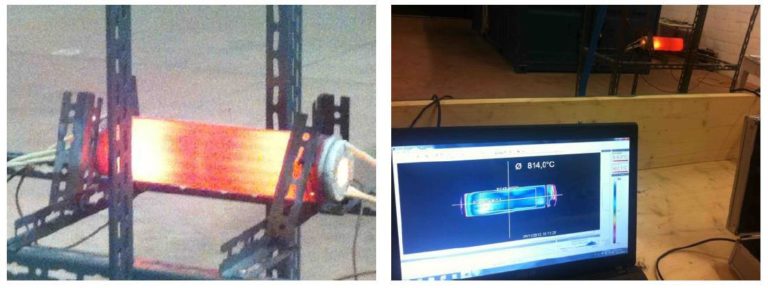
Image of Rossi’s device from ecat.com
The Future of E-Cat Cold Fusion
Regardless of Rossi’s reputation among colleagues, the question lingers: Does cold fusion energy have any teeth to it? After all, history has shown that a number of seemingly impossible ideas have been proven viable years, decades, or even centuries later.
In April 1989, Martin Fleischmann, electrochemist at England’s Southampton University, and Stanley Pons, chairman of the University of Utah’s chemistry department, appeared before the House Science, Space and Technology Committee to discuss their controversial work in the field of cold fusion. The two scientists claimed they had tamed the power of nuclear fusion in an electrolysis cell. But they couldn’t quite prove it.
In 2004, two theoretical physicists, Lewis Larsen and Allan Widom, revisited the cold fusion mystery while adhering to the accepted rules of physics. The European Physical Journal C published their theory in 2006.
In the end, though, there was still no demonstrable cold fusion.
Where is Andrea Rossi’s Reputation Now?
Mark Anderson, writing for Discover, noted that besides Rossi, Fleischmann, Pons, and others, who have failed to satisfy skeptical colleagues, “two of the world’s largest mainstream scientific institutions — NASA and the European physics research center CERN — have revisited the controversial energy-generating experiment.”
“A growing cadre of scientists now suspect that Pons and Fleischmann’s observations were the result not of fusion but of more plausible physical processes. Some are even cautiously optimistic that those processes could be exploited to generate abundant amounts of clean energy.”
After decades of ups and downs and a lot of name-calling, lawsuits and skepticism, the hope for cold fusion lives on. Its field, which now struggles with an infamous reputation, has been rebranded as low-energy nuclear reactions (LENR), yet it has somehow survived.
According to Popular Mechanics, “Western journals rarely publish cold fusion papers because of the field’s toxic name and past failures, so the Martin Fleischmann Memorial Project (MFMP) has taken an open-source approach.”
In February, 2016, the project seemed to have replicated Rossi’s effect and published the recipe following “an apparent burst of gamma radiation that cannot easily be explained by anything other than a nuclear reaction.”
Bob Greenyer of MFMP told Popular Mechanics, “It would appear from our initial findings that Rossi has exactly what he claims.”
“Greenyer says there are now about 20 groups around the world following the MFMP recipe and trying to reproduce Rossi’s results…If others start seeing that same tell-tale gamma ray burst, or large amounts of excess energy, it will go some way to vindicating the E-Cat. Any success will encourage many more groups to get involved.”
Even though the claims and business dealings of Andreas Rossi may be too tainted to ever realize a respectful conclusion, the search for E-Cat cold fusion continues to run hot and cold — but it has never been extinguished. Perhaps Rossi has been onto something all along; it’s just too early and confusing to know for certain.
We're Overdue For The 150-year Carrington Event
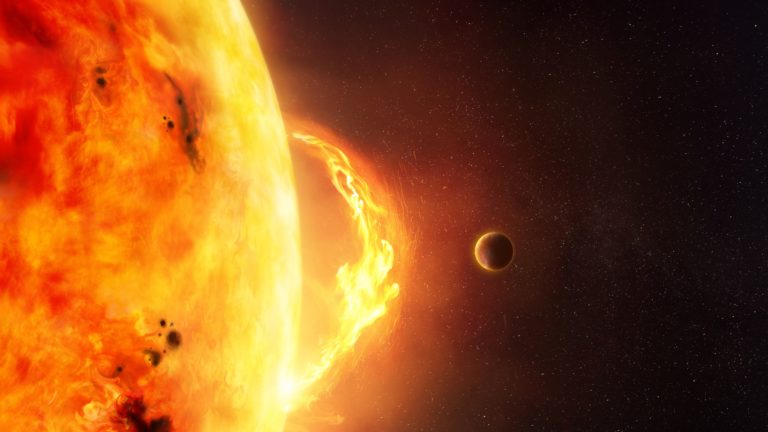
An 1859 solar storm caused the Sun’s corona to expel a massive release of magnetic energy, known as a coronal mass ejection, or CME. It lit up the night sky leading some in mountainous regions of North America to wake up and start their day, believing it was morning, when it wasn’t even midnight.
Though radio communication was in its nascent phase at the time, telegraph operators reported sparks and fire coming from their equipment, while some were even thrown across the room. A man named, Richard C. Carrington, had been recording the activity of sun spots at the time, quickly recognizing the nature of this phenomenon, and so it became known as a Carrington Event. Based on historical precedence, these massive CMEs typically happen every 150 years, leaving us overdue and more vulnerable than ever.


